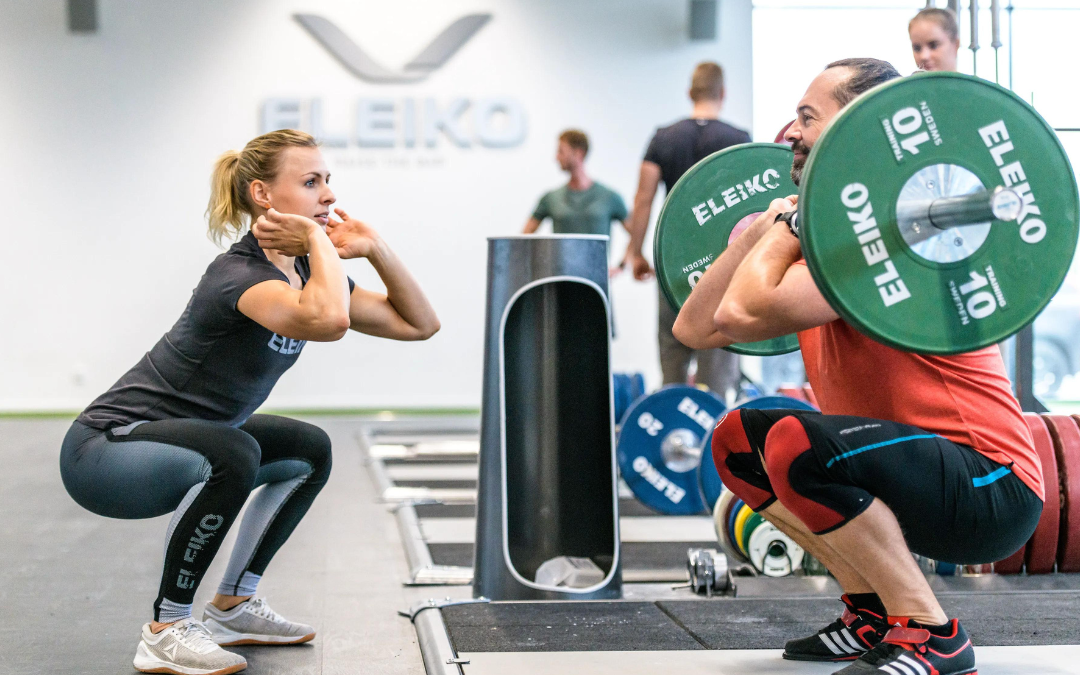Athletes with a Strong Squat are less likely to get Injured by Rodney Corn
Squats are one of the most fundamental and functional actions we perform. They require both total body stabilization and strength to be performed at levels high enough to be beneficial for improving performance and decreasing the risk of injury. This is typically achieved by performing back squats using a barbell.
Strength training has been suggested as being one of the most effective methods for reducing injury. Sports injury prevention programs using strength training have been shown to reduce injuries by 66% over non-strength training programs. Besides making athletes stronger and more powerful, strength training may also aid in decreasing the risk of injury by increasing muscle recruitment and rate of activation, as well as the structural integrity of ligaments, tendons, cartilage, and connective tissue, both within and around muscles and joints.
A recent research study involving male and female collegiate athletes showed that relative barbell back-squat strength measured by 1RM is significantly associated with the risk of lower extremity (leg) injury for both genders.
For males, a relative squat strength below 1.9-times bodyweight was associated with an increased risk of leg injury and above 2.0-times bodyweight was associated with decreased risk of injury.
For females, a relative squat strength below 1.4-times bodyweight was associated with an increased risk of leg injury and above 1.6-times bodyweight was associated with decreased risk of injury.
The authors suggest that strength coaches may consider the 1RM back squat, normalized to bodyweight, to screen athletes for the risk of leg injury.

